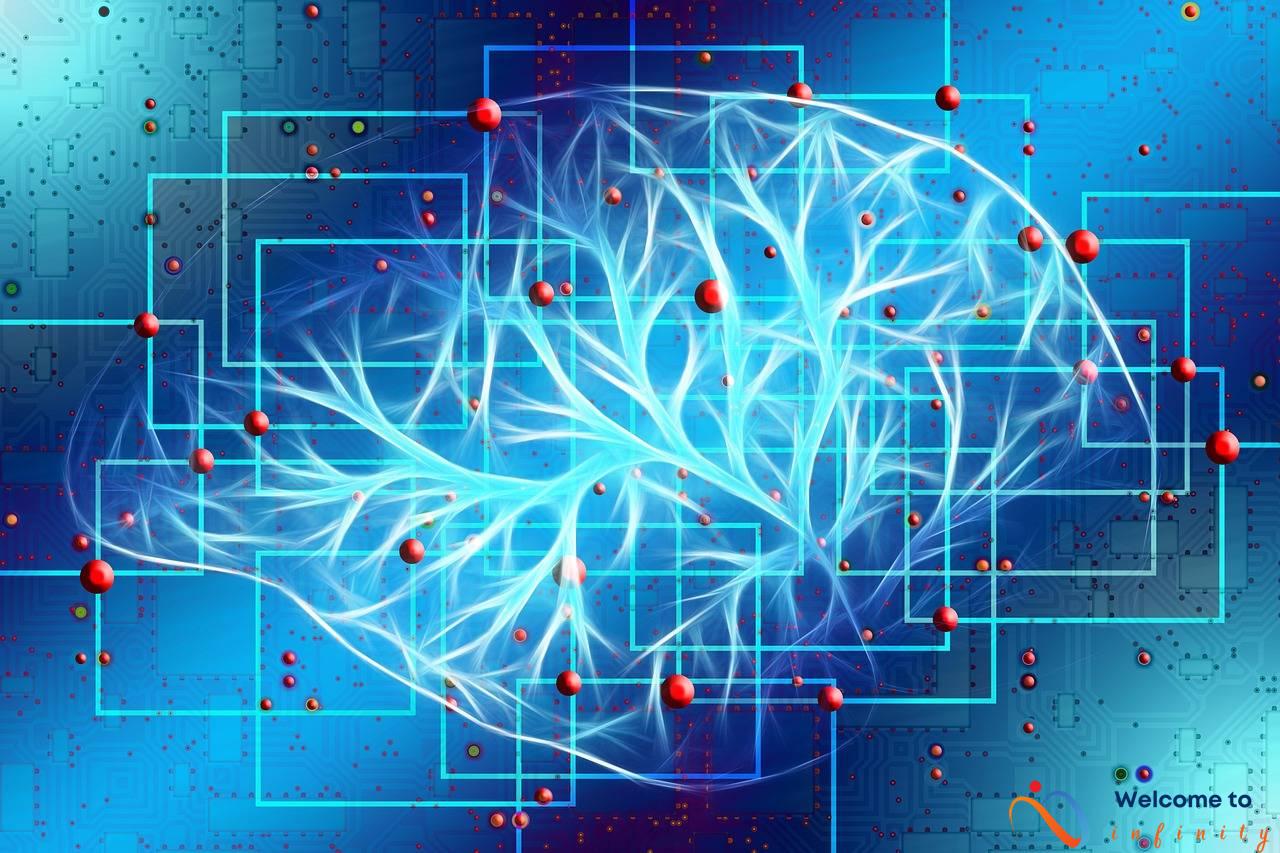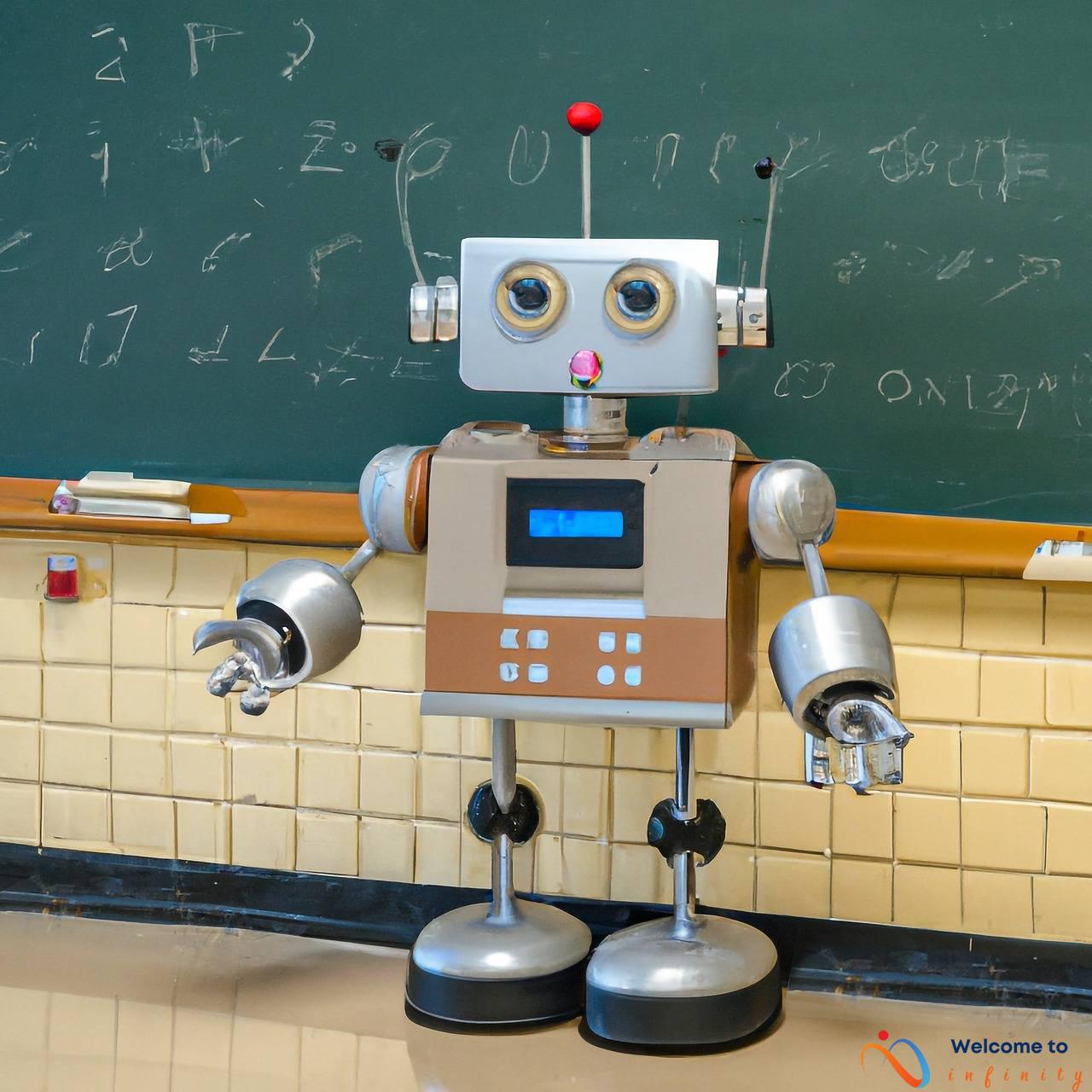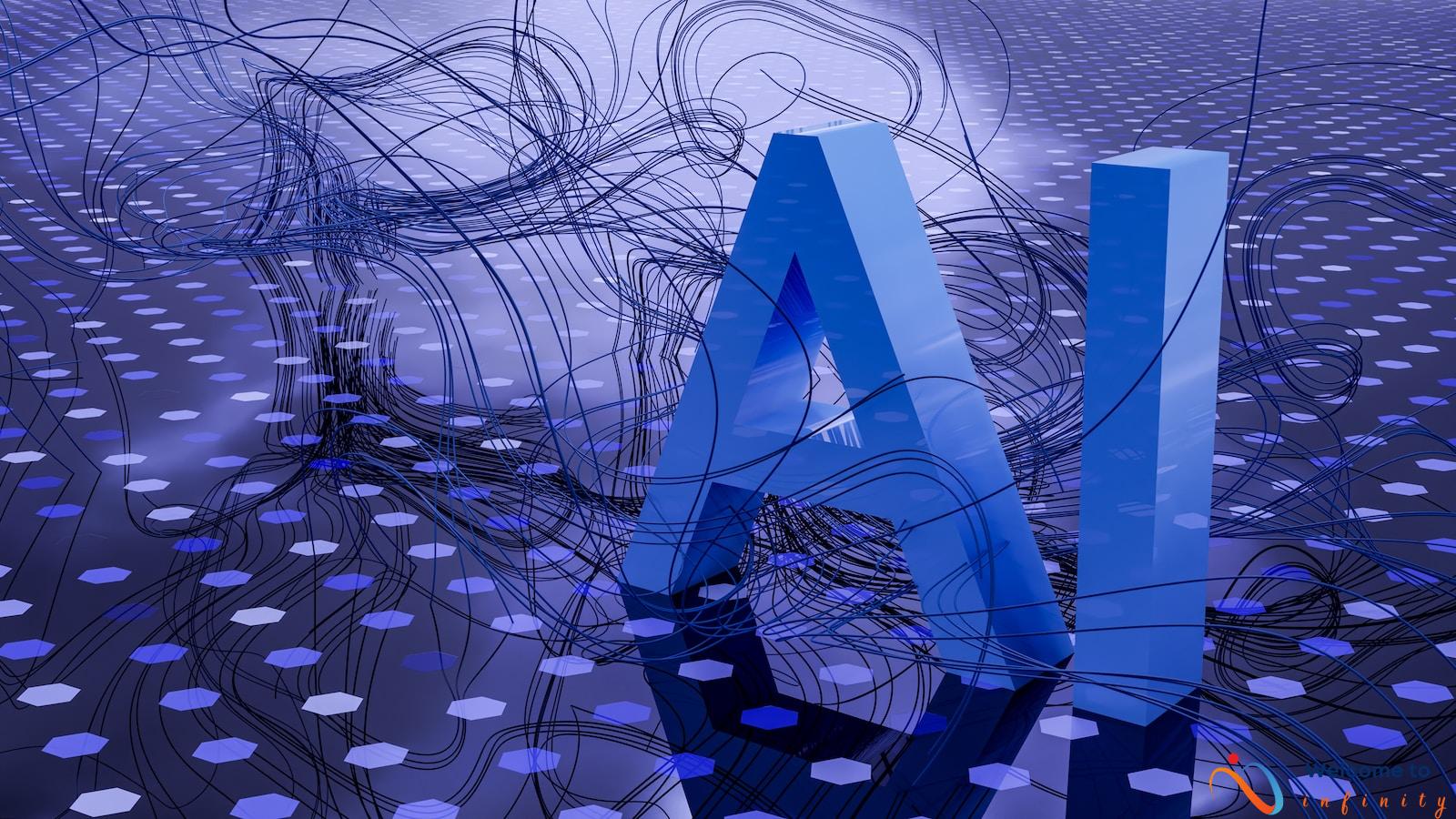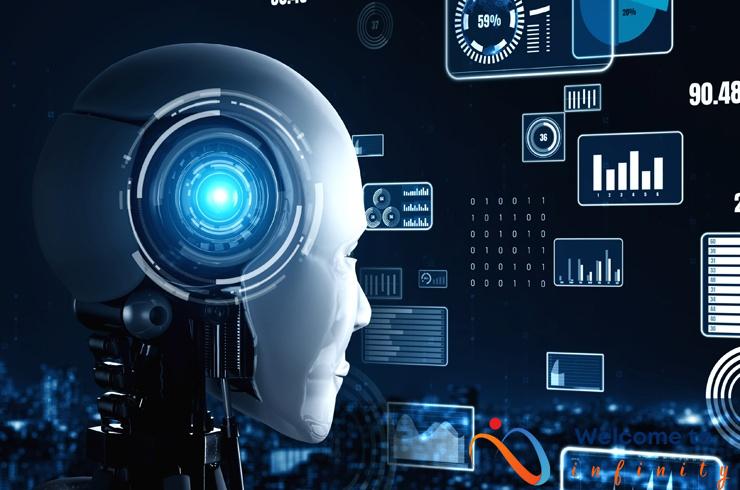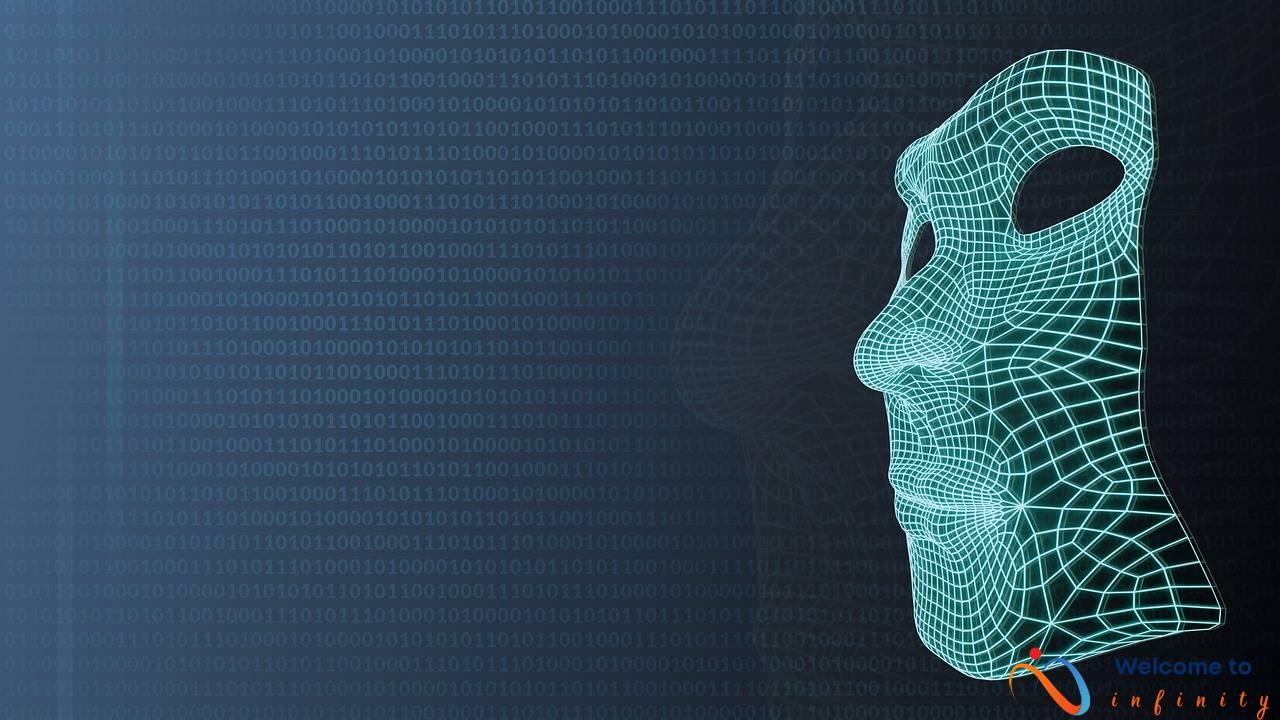Deep learning is a type of machine learning that has gained popularity in recent years due to its success in a variety of applications. It involves training neural networks – mathematical models that mimic the structure and function of the human brain – on large amounts of data, allowing them to learn from patterns and make accurate predictions on new data. This article provides a comprehensive overview of deep learning, its applications, and the latest trends in the field.
Understanding deep learning requires an understanding of its key components, including neural networks, input layers, hidden layers, and output layers. Unlike traditional machine learning, which relies on handcrafted features and algorithms, deep learning is able to automatically learn features and algorithms from the data, leading to superior results. In addition, deep learning can be used for a variety of tasks, such as natural language processing, computer vision, and voice recognition.
The latest trends in deep learning include explainable AI, transfer learning, and adversarial attacks. Explainable AI focuses on making deep learning models more interpretable and understandable to humans. Transfer learning involves using knowledge learned from one task to improve performance on another task. Adversarial attacks are a type of cybersecurity threat that involves maliciously manipulating the input data in order to fool the deep learning model. Researchers are currently working on developing methods to defend against these attacks.
What is Deep Learning?
Deep learning is a subset of machine learning that is based on artificial neural networks. It is inspired by the structure and functioning of the human brain and enables machines to learn from vast amounts of data. The main components of deep learning are the input layer, hidden layers, and output layer.
The input layer receives data that is fed into the deep neural network. The hidden layers interpret the data and apply mathematical transformations to it. The output layer provides the final result based on the input and the transformations applied by the hidden layers.
Deep learning differs from traditional machine learning in several ways. Unlike traditional machine learning, deep learning models do not need explicit instructions to perform a task. Instead, they learn features from the data on their own, making them more adaptive and flexible. Deep learning models also require significantly more data and computational power than traditional machine learning models.
Deep learning has many applications in different industries, including natural language processing, computer vision, and speech recognition. It has enabled the development of intelligent systems that can process complex data and make decisions based on that data. As deep learning continues to advance, it is expected to play an increasingly important role in the development of AI technologies.
Applications of Deep Learning
Deep learning has a wide range of applications, revolutionizing various industries. three of the most prominent applications of deep learning are natural language processing, computer vision, and voice recognition.
- Natural Language Processing: Deep learning models can be trained to process and analyze natural language, making it possible to automate tasks such as sentiment analysis, automated translation, chatbots, and voice-enabled virtual assistants. These models can be trained to understand the context and intent behind human language and respond with appropriate actions or outputs.
- Computer Vision: A subfield of artificial intelligence, computer vision has been revolutionized by deep learning. Machine learning algorithms are trained to classify and recognize images, making it possible for machines to perceive and understand the world via visual data. This technology has various applications, including self-driving cars, facial recognition, object tracking and detection, and medical imaging.
- Voice Recognition: With the advent of deep learning, voice recognition technology has been transformed, making it possible for machines to transcribe spoken language to text with greater accuracy. These models are trained using vast amounts of audio data so that they can learn to parse out individual words and phrases and convert them into text. Applications of voice recognition include virtual assistants, speech-to-text services, and voice-enabled home automation devices.
Deep learning models have virtually limitless potential when it comes to automating tasks and decision making across a broad range of industries, from healthcare to finance and manufacturing. As this technology continues to evolve, we can expect to see even more revolutionary applications in the not-too-distant future.
Natural Language Processing
Deep learning has revolutionized natural language processing (NLP) by enabling computers to understand human language in a more nuanced way. One of the most popular applications of deep learning in NLP is sentiment analysis, which involves analyzing human emotion in text data. In sentiment analysis, the neural network is trained on a large dataset of human language to accurately identify positive, negative, and neutral language in text data. This is particularly useful for companies looking to gauge customer sentiment on social media platforms or online reviews.
Another popular application of deep learning in NLP is chatbots, which engage in dialogues with users using natural language. Chatbots are widely used in customer service to provide quick and efficient responses to customer queries. They are trained on a collection of dialogues and use deep learning algorithms to understand natural language and maintain a conversation with users, providing personalized and human-like responses to inquiries.
Deep learning algorithms can also be used for text summarization, machine translation, and speech recognition. In text summarization, deep learning algorithms are trained to take large volumes of text data and create shorter summaries that capture the main points of the text. In machine translation, deep learning algorithms are trained to take text in one language and translate it into another language. And in speech recognition, deep learning algorithms are trained to recognize and transcribe human speech with high accuracy.
Computer Vision
Computer vision is an exciting and rapidly evolving field within deep learning. Deep learning algorithms can now detect objects within images or even entire scenes with impressive accuracy. One of the most prevalent computer vision applications is object recognition. With the help of deep learning algorithms, computers can now identify objects within images, allowing them to perform a wide range of tasks.
Another application of deep learning in computer vision is image classification. Deep learning algorithms can learn to recognize patterns and features within images and classify them into distinct categories. This has immense practical applications in areas like medical imaging and autonomous driving.
Besides, computer vision is also useful in tasks such as face recognition, character recognition, and gesture recognition. One exciting development in computer vision is the use of generative adversarial networks (GANs) for image synthesis, where machines can generate high-quality images from scratch.
Deep learning is crucial in computer vision because it enables computers to recognize extremely complex patterns and features within images at an unprecedented level of accuracy. With the help of deep learning, computers can now understand the content of images in a way that was previously impossible. It has opened up a world of possibilities in the field of computer vision and promises to transform how machines interact with and understand the visual world around us.
Voice Recognition
Voice recognition technology has come a long way since its early days. Today, thanks to deep learning, the accuracy of voice recognition systems has improved dramatically. Deep learning algorithms can analyze complex sound patterns and speech features, enabling systems to understand natural language and respond with accuracy.
Virtual assistants, such as Siri and Alexa, are popular examples of how deep learning is used in voice recognition applications. These assistants use natural language processing to understand and interpret spoken commands, enabling them to perform a range of tasks, from playing music to setting reminders.
Speech-to-text is another example of how deep learning is used in voice recognition. With this technology, spoken words are transcribed into written text, allowing for hands-free communication and transcription. Applications of speech-to-text technology include call center transcriptions and lecture transcriptions, among others.
In conclusion, voice recognition has come a long way, thanks to the advancements in deep learning. As technology continues to improve, we can expect to see even more applications of voice recognition technology in the future.
Latest Trends in Deep Learning
Deep learning is a rapidly evolving field, and staying ahead of the latest trends is essential for people who want to stay in the loop of advances. Below are some of the most exciting developments currently trending in deep learning:
- Explainable AI: With deep learning, it is easy for algorithms to function, but it can be challenging to pinpoint why an algorithm made a specific decision. As a result, explainable AI (XAI) has emerged as a new field that focuses on making AI more transparent and accountable. XAI is a new approach that tries to explain as much of the decision-making process as possible, making it easier for machine learning experts to determine which factors have influenced a decision.
- Transfer learning: Transfer learning is a deep learning technique that involves training a machine learning algorithm with more data than it initially had available. This type of learning enables deep learning algorithms to absorb knowledge learned from one task and apply it to other similar tasks. This allows them to train faster, with less data, and may in some ways resemble human learning, which is why transfer learning is such an exciting frontier in deep learning.
- Adversarial attacks: Deep learning algorithms are vulnerable to adversarial attacks, in which an attacker can manipulate the model's input data to make it misbehave in unpredictable ways. To combat this, researchers are developing new techniques to harden deep learning models against potential attacks. For example, some researchers are working with adversarial training, a technique that involves incorporating adversarial examples during training to make deep learning models more resistant.
These are some of the most exciting trends shaping the future of deep learning. Staying on top of these trends and other advances in the field will help data scientists and businesses leverage the benefits of deep learning and unlock its full potential.
Explainable AI
Explainable AI refers to the transparency and interpretability of artificial intelligence models and algorithms. It is a critical concept in deep learning as AI models become more complex and decision making becomes less transparent. Consumers, regulators, and corporate leaders demand AI models that are interpretable and transparent.
The importance of explainable AI lies in its ability to help users understand how AI models arrive at their decisions. This allows them to build trust and identify potential biases or errors in the models. Explainable AI is essential for ensuring regulatory compliance and ethical considerations in AI development and deployment.
The applications of explainable AI in deep learning include providing transparency in natural language processing, computer vision, and other AI applications. In natural language processing, explainable AI can help identify and correct language that may be harmful or offensive. In computer vision, it can help identify and prevent AI systems from making decisions based on biased or inaccurate images.
- Help build trust in AI models
- Identify potential biases and errors in AI models
- Ensure regulatory compliance and ethical considerations
It is important to note that achieving explainability in AI models is still a complex and evolving field. Researchers and developers are constantly working to improve the interpretability and transparency of AI models.
Transfer Learning
Transfer learning is a technique used in deep learning models to improve performance and efficiency. It involves taking a pre-trained model on a given dataset and using it as a starting point for training on a new dataset. This approach saves time and computational resources since the pre-trained model has already learned useful features that can be applied to the new dataset.
There are various benefits to using transfer learning including:
- Improved accuracy – Transfer learning models have shown to have higher accuracy compared to models trained from scratch.
- Reduced training time – By leveraging the pre-trained model, transfer learning reduces the time needed to train a new model.
- Lower computational costs – Since transfer learning eliminates the need for starting from scratch, it reduces the computational costs required for training.
- Small datasets – Transfer learning can be particularly beneficial when working with small datasets since it allows leveraging knowledge gained from a larger dataset.
In deep learning, transfer learning is used in a variety of different ways, such as:
- Fine-tuning – In fine-tuning, the pre-trained model is further trained on the new dataset with small modifications to the existing layers to suit the new problem.
- Feature extraction – In feature extraction, the pre-trained model is used as a feature extractor for the new dataset.
- Multi-task learning – In multi-task learning, the pre-trained model is trained on multiple tasks simultaneously with the goal of improving the overall performance of all tasks.
Transfer learning has proven to be a powerful tool for deep learning applications, as it allows for efficient and accurate learning from limited data. Researchers continue to explore new ways to apply transfer learning, making it an exciting area for development in the field of deep learning.
Adversarial Attacks
Adversarial attacks are a type of cyber-attack that tries to exploit deep learning models by making small, imperceptible changes to the input data. These changes are designed to deceive the model into making incorrect predictions or classifications, which can have potentially disastrous consequences in real-world scenarios.
Adversarial attacks have been shown to be effective against a wide range of deep learning models and applications, including object recognition, speech-to-text, and autonomous driving. This poses a significant challenge for researchers, who must find ways to defend against these attacks while still maintaining the accuracy and performance of their models.
One common approach to defending against adversarial attacks is to add additional layers of security and redundancy to deep learning models. For example, researchers have explored the use of multi-layered neural networks, which can detect and reject inputs that are likely to be adversarial attacks. Another approach is to develop new algorithms and protocols that are specifically designed to detect and prevent adversarial attacks.
Despite these efforts, however, adversarial attacks remain a significant threat to deep learning models and their applications. Researchers are continuing to explore new ways to defend against these attacks, including the use of machine learning algorithms that can detect and classify adversarial inputs in real-time. As deep learning continues to grow and evolve, it is likely that the threat of adversarial attacks will continue to be a major concern for researchers and practitioners in the field.







